

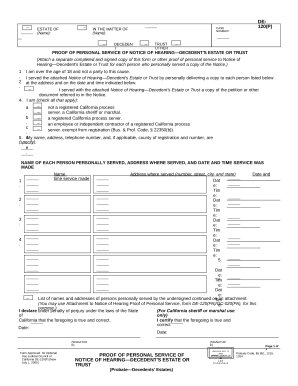


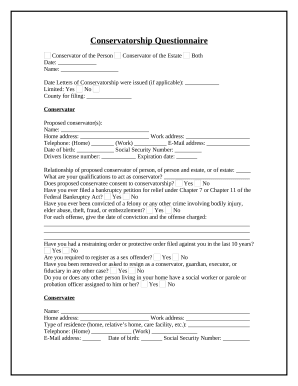


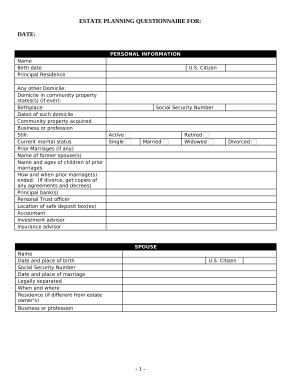
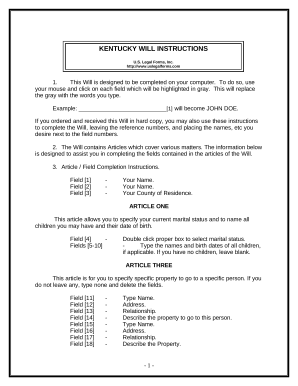

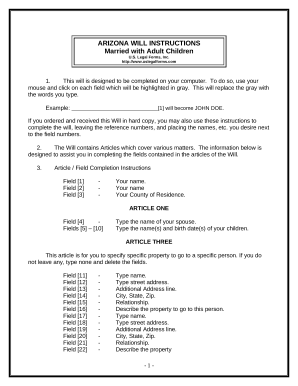
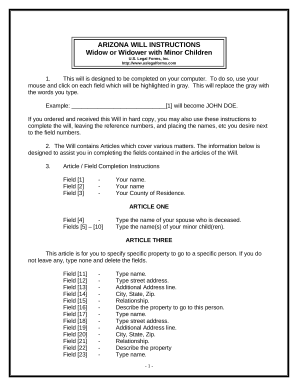

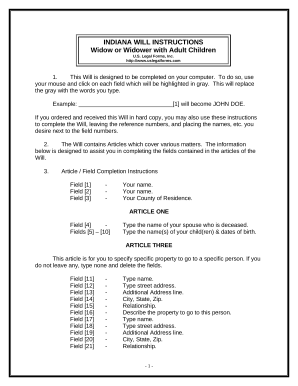

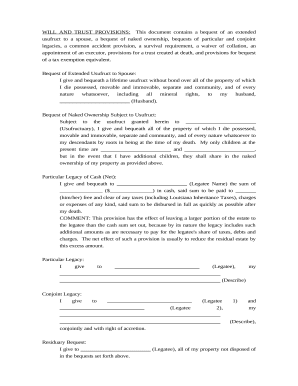

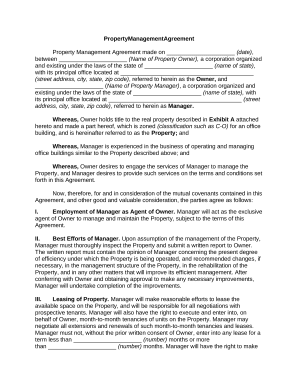
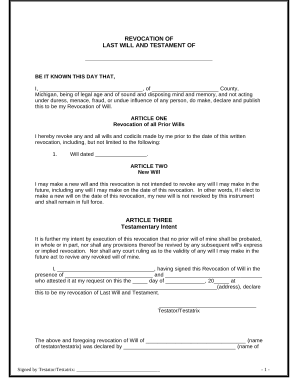
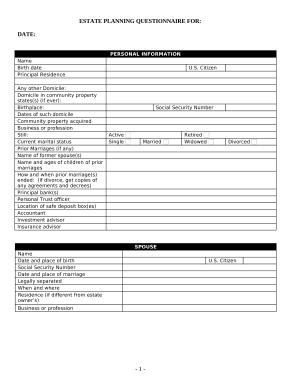
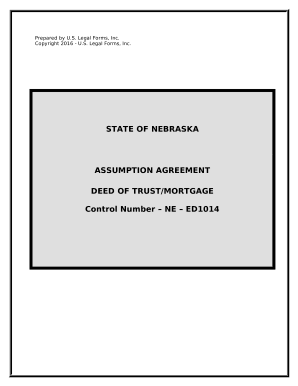
Accelerate your file management using our Estate Planning Templates library with ready-made document templates that suit your requirements. Access the form, edit it, fill it, and share it with your contributors without breaking a sweat. Start working more efficiently with your documents.
How to use our Estate Planning Templates:
Discover all of the possibilities for your online file administration with our Estate Planning Templates. Get a free free DocHub account today!